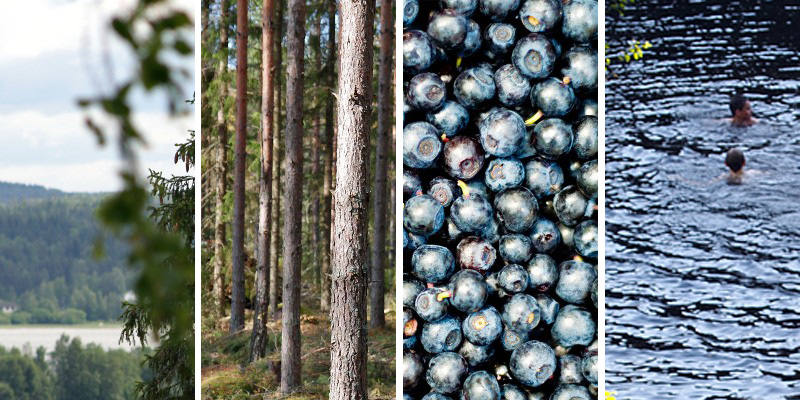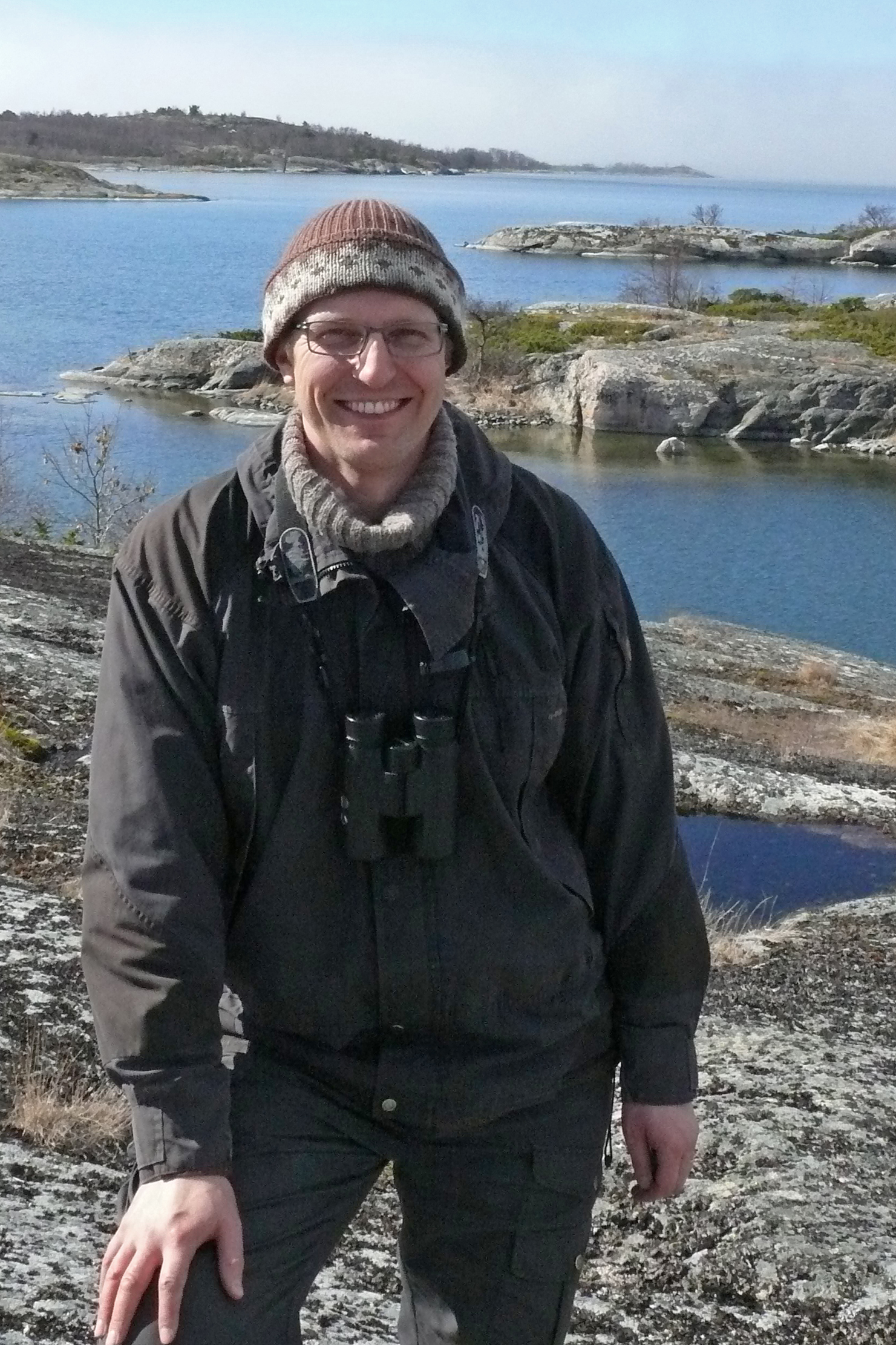Ecosystem services increase the value of pulp

Ecosystem services xxxxx
Every tree in the forest is part of the ecosystem services, mean, that it is one of the benefits we gain from the forest. Together with the forest industry company UPM, the Finnish Environment Institute SYKE has developed a method for measuring the benefits – such as carbon sinks and berries – generated together with timber production.
The concept of ecosystem services is important because it highlights the benefits that are obtainable from nature and often regarded as self-evident, and thus makes it easier to set a value for these benefits. It is easier to take biodiversity into account in decision-making by society and businesses, if its value is well understood.
Nature values can relate, for example, to society, health, community and the economy. Ecosystem services are also used to demonstrate that timber production does not exclude other benefits offered by the forest.
A pilot study by SYKE and UPM examined the quantity of other benefits generated by a forest while producing timber to manufacture one tonne of pulp. It takes an average of 280 square metres of forest and about 80 years to grow the amount of timber needed.
The conifers needed to produce one tonne of pulp purify more than eight million litres of water and absorb over 4,000 kg of carbon dioxide during their lifetime. The forest formed by them produces 220 kg of berries and mushrooms.

What is even more important than determining these results is that a method for quantifying ecosystem services was developed during the pilot study. So far, there is no common agreement on the indicators or methods for measuring ecosystem services.
“The pilot study elaborates a co-production model of ecosystem services that requires a long-term effort. The study developed cooperation both among researchers and between researchers and businesses,” says Mr. Petteri Vihervaara, Senior Research Scientist at SYKE.
Forest owners also benefit
In the pilot study, the carbon sink formed by forests, waterways and native forest species were analysed in detail. According to Ms. Anu Akujärvi, a researcher specializing in calculations on the carbon sink effect and ecosystem services, the study provides an excellent basis for comparing different services.
“How do water, carbon and living organisms, for example, relate to each other? Are they increasing or decreasing due to different forest management models, or is it impossible to see such direct links,” Akujärvi asks.
There are plans for further research. According to Vihervaara, it would be interesting to compare the ecosystem services in forests grown under different regimes.
Vihervaara believes that the forest owners will also benefit from being better aware of the ecosystem services, as they can then make greater use of the “ancillary products” of forestry.
“In fact, our study did not even take into account many ecosystem services which are important for an ordinary forest user, that is, recreational use,” Vihervaara says.
International competitive advantage
“Ecosystem services are an excellent tool for describing the environmental impact of land use and forestry. They can be used to obtain quantitative results when addressing global environmental issues,” says Mr. Timo Lehesvirta, Director of Forest Global at UPM.
Lehesvirta thinks that for Finnish forestry, what is called the co-production of ecosystem services is the only way to compete with the world’s tree plantations in the future. Co-production refers to the multiple benefits of the forests. At the same time as the trees are growing, the forest also stores carbon and provides nourishment, for example.
Monocrop plantations, such as eucalyptus, do not produce ecosystem services in the way Finnish forests do, thanks to being managed for more than one purpose. “No one has yet shown an area where land use would be more diverse and richer than in Finland,” says Lehesvirta.
“Eco-labelling, such as the FSC certificate, is important in the timber market. The ecosystem services indicators are another way to describe the protection of biodiversity. “
Kirjoita kommentti